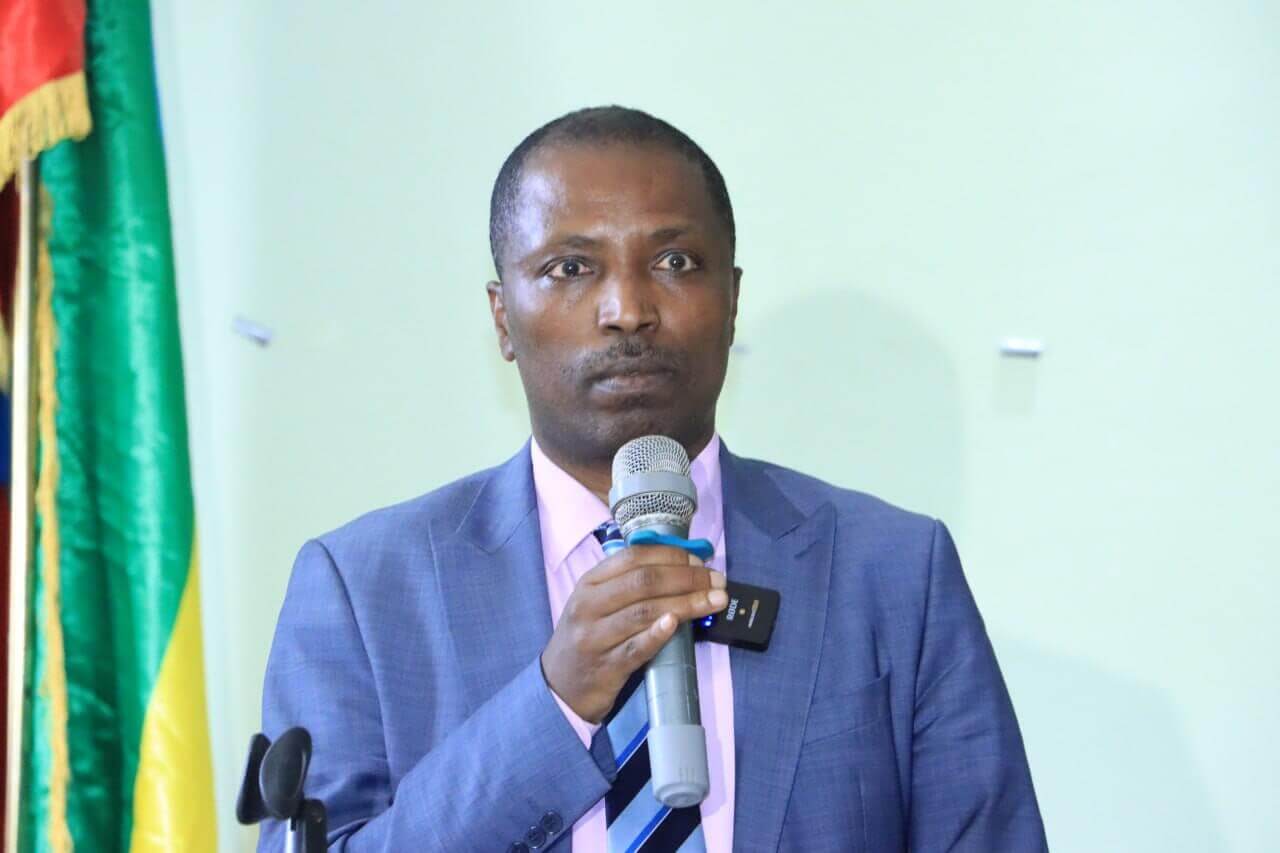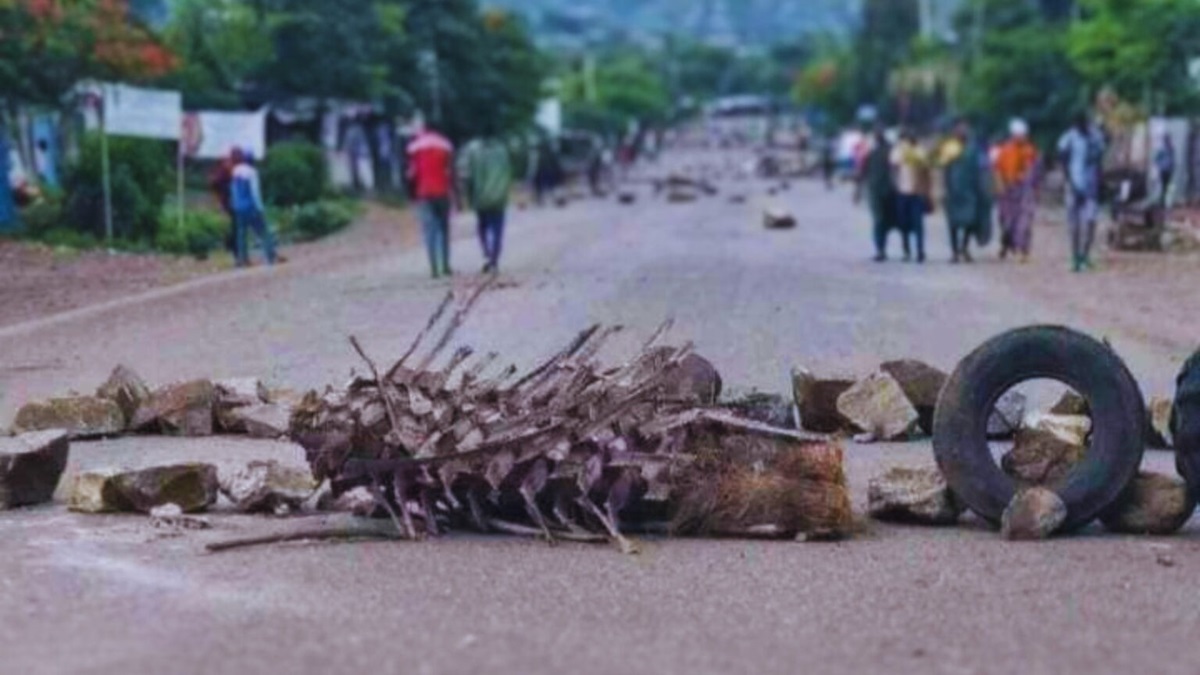Rejoinder: “The rise of Amharization” among Ari people- Dr. Julian Sommerschuh’s unfounded Claim

By Prof. Gebre Yntiso Deko &
Dr. Asress Adimi Gikay @DrAsressGikay
Ethiopia – The Mosaic of People
One of the defining features of Ethiopia is its diversity – ethnic, linguistic, and religious. The country is considered as a museum of ethnic groups and languages because there exist more than 80 different ethnic groups, about 90 different languages, and close to 200 different dialects. Recognizing diversity in Ethiopia is not just a matter of celebrating different identities, but also a prerequisite for sustaining the country as a unified and stable nation state.
The significance given to respecting cultural and religious diversity in Ethiopia is evidenced by constitutional protection and the vigorous popularization of the idea that “diversity is strength.” The 1995 Ethiopian Constitution recognizes the right of nations, nationalities and people in Ethiopia to speak, write and develop their own language. It also gives them the right to express, develop, and promote their culture, and preserve their history. Consequently, in the last three decades, commendable efforts have been made to empower various ethnic groups in Ethiopia to promote their cultures and languages.
The author claims that the Aari (also Ari) people in Southwest Ethiopia aspire to renounce their culture and language to become Amhara and Orthodox Christian due to years of humiliation and marginalization by the Amhara
Unsubstantiated Claim of Identity Shift to Amharization
With profound knowledge of Ethiopia’s historical and political context, it came as a shock to us to read “Becoming Amhara: ethnic identity changes as a quest for respect in Aari, Ethiopia” an article published by Dr. Julian Sommerschuh of the University of Hamburg in the Journal of Eastern African Studies in April 2023. The author claims that the Aari (also Ari) people in Southwest Ethiopia aspire to renounce their culture and language to become Amhara and Orthodox Christian due to years of humiliation and marginalization by the Amhara. He suggests that similar projects of Amharization are perhaps underway among other ethnic groups in Ethiopia.
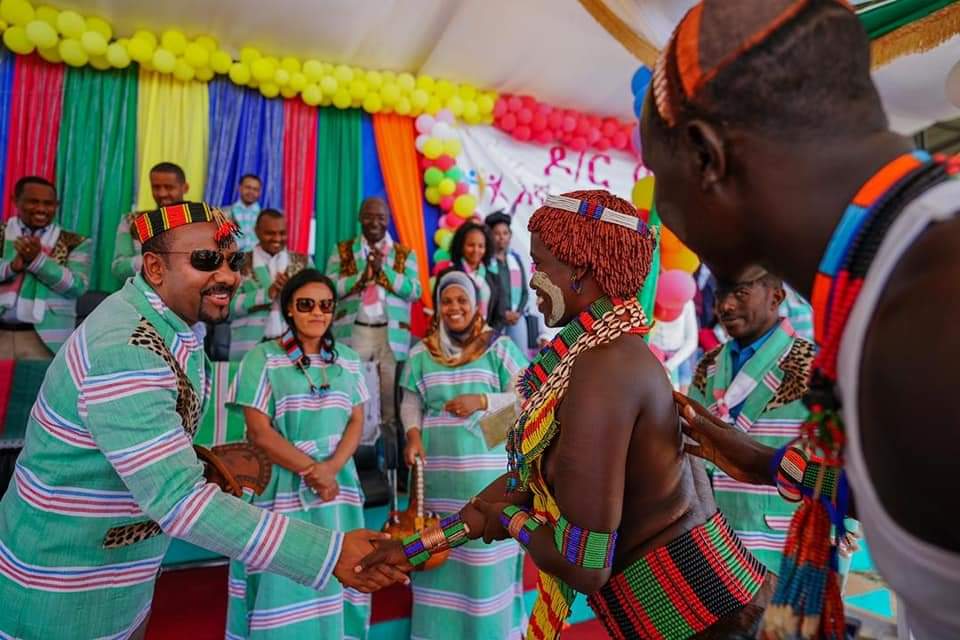
Due to our extensive research, familiarity with the literature on Aari, and in-depth knowledge of the Aari people as members of society, we feel compelled to address Dr. Sommerschuh’s regrettable claims. Whilst we identified several serious shortcomings in his paper, we focus on methodological inadequacies, analytical inadequacies, factual errors, and distortion of facts.
As scholars committed to upholding the dignity of all people and the integrity of scholarly works, we believe it is our moral duty to address Dr. Sommerschuh’s work, which lacks the required academic rigor and credibility, and refute his unfounded assertions.
Data Deficiency, Methodological Problems, and Analytical Inadequacy
The purported empirical study conducted by Dr. Sommerschuh is an outcome of data collected from a limited number of people residing in Dell Kebele— the smallest administrative unit in Ethiopia. Located in one of the four Aari woredas, Dell has a population of roughly 4,000 inhabitants. Given the methodological inadequacy in terms of the demographic and geographic coverage, it is impossible to draw a definitive conclusion on the view of the Aari people in Dell, let alone frame a narrative of grand Amharization of the wider Aari ethnic group numbering over 500,000 people.
Dr. Sommerschuh misconstrues the concept of Amhara in the context of Aari people. The Aari people recognize a distinction between themselves and the Gamma people – a category that consists of ethnic groups such as Amhara, Oromo, Tigray, and Gurage. By taking Gamma as an accurate translation of Amhara, Dr. Sommerschuh erroneously considers non-Amhara residents in Aariland as Amharised. This lack of adequate understanding of the local context led the author to treat members of many ethnic groups living in Aariland as Amhara.
Dr. Sommerschuh’s erroneous understanding of Amhara is based on the work of Siegfried Pausewang, whose characterization of mixed urban Ethiopian residents as Amharised remains questionable to this date. Pausewang describes the Amhara as having a two-faced identity- the peasant population residing in Amharaland and a mixed group of urban people coming from different ethnic groups.
The idea that the mixed urban Ethiopians are “Amharized” is profoundly misguided because non-Amhara urban residents in Ethiopia identify with their respective ethnic groups. For instance, contrary to Pausewang’s line of argument, the 2007 national census reported Addis Ababa’s population as belonging to 85 different ethnic groups.
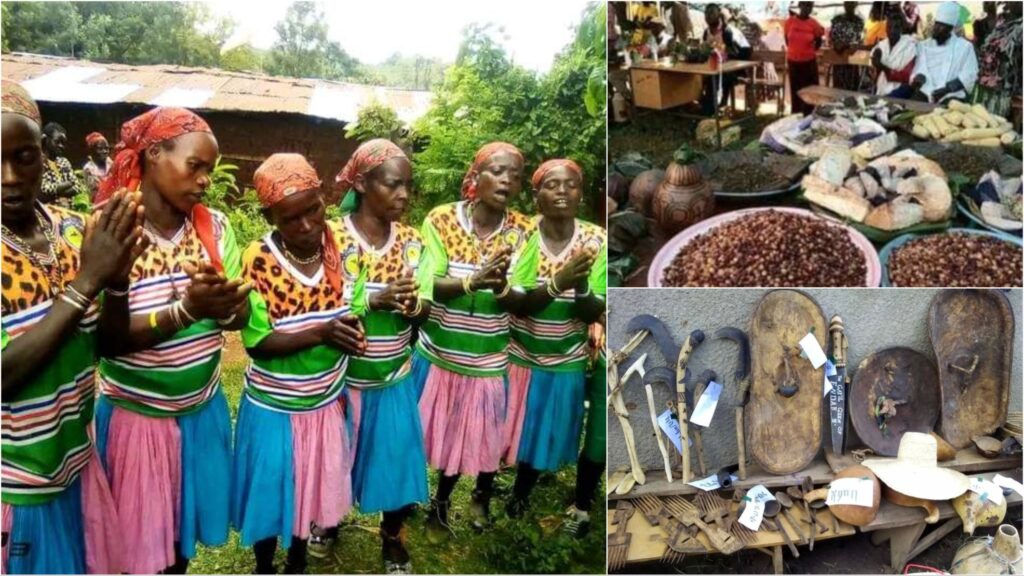
Dr. Sommerschuh identifies a set of characteristics he referred to as ‘Amhara things’- things that moved Aari people towards becoming Amhara. These include learning Amharic, converting to the Ethiopian Orthodox Christianity, receiving training as a teacher, investing in rental properties, using industrial products (such as cotton clothing and bottled beer), and changes in the use of goods and amenities (for example, from shorts to pants, and from grass-thatched huts to houses with tin roofs).
However, the author’s logic implies that all ethnic groups in Ethiopia undergo Amharization due to similar lifestyle changes observed across the country. This approach fails to distinguish between common lifestyle changes and alteration of ethnic identity.
The author claims that the Aari people have been struggling to embrace their culture and language as sources of pride and identity. To use the author’s own words, “people would admiringly comment on this or that person having truly become Amhara, or they would critique someone for being stuck down in Aari.” He appears to have mistakenly interpreted jokes, flattery, rhetorical expressions, and sarcastic remarks as indicative of genuine intentions.
Factual Errors and Distortions
Besides making baseless assessments of Aari’s motivation to become Amhara, the author presents numerous erroneous and distorted facts. He stated that the name Aari only came into use during the Derg regime, which ruled Ethiopia from 1974 to 1991. This false assertion is inconsistent with the works of prominent researchers such as Ernesto Cerulli , Lionel M. Bender, and Harold Fleming and Herbert Lewis, who used the term Ari in their publications that appeared prior to the Dergue regime.
The author portrays baptism by Orthodox priests as a means of cleansing the Aari from their impurity associated with the consumption of the meat of animals that had died a natural death. As an ethnic Aari, we know that eating the meat of animals that died a natural death is taboo. Traditionally, in the past, certain minority groups reportedly ate such meat and were culturally despised by the majority, partly for violating the taboo. It is regrettable that knowingly or unknowingly, Dr. Sommerschuh distorted these facts and published a work that demeans the entire people of Aari.
Identity and Cultural Assertiveness in Aari
The recognition of the equality of nations and nationalities in Ethiopia in the 1995 constitution, has provided an opportunity for the Aari people to promote and celebrate their culture and identity throughout the past three decades. This has led to a number of socio-cultural and identity-focused developments within Aari that effectively counter Dr. Sommerschuh’s claim of Amharization.
In a serious academic study, the utmost caution is applied to ensure that the researcher does not exclusively utilize data that confirms the researcher’s pre-existing beliefs while excluding evidence that contradicts their assumptions (so-called confirmation bias). This can take the form of biased sample selection, disregarding qualitative data or even neglecting anecdotal evidence.
Demonstrating his confirmation bias, the author intentionally excluded the youth, the literate, and the civil servants from his study. These are large sections of the society who tend to embrace ethnic identity in a more pronounced manner. The lived experiences of the literate, civil servants, and the elite (those who have attained the “Amhara things”) could have been used to prove or disprove the Amharization project.
Dr. Sommerschuh argues, “As elsewhere in Ethiopia, the federal government’s ethnic politics are most vocally endorsed by the small stratum of town-dwelling, educated Aari. These ethnic elites stand to profit from ethnic federalism: projecting an Aari identity for them paves the road to administrative posts and government funds. In the countryside, by contrast, where the vast majority of Aari live, reactions to the discourse on ethnicity look rather different.”
In addition to dismissing the active and educated Aari youth as “ethnic elites that stand to profit from ethnic federalism”, the author willfully ignores the significance of Aari-focused socio-cultural, and economic enterprises.
As the Ethiopian constitution is founded on ethnic federalism, most ethnic groups, including the Aari, actively assert their ethnic identity. This may stem from political motivation of gaining relative autonomy and self-administration, among others.
Within the South Omo zone, there has been a noticeable surge in the Ari people’s pride for their traditional green attire adorned with white, blue, red, and brown stripes, along with a distinctive Tiger skin-colored pattern on the chest. This vibrant and culturally significant attire has now become a familiar sight among the Aari people.
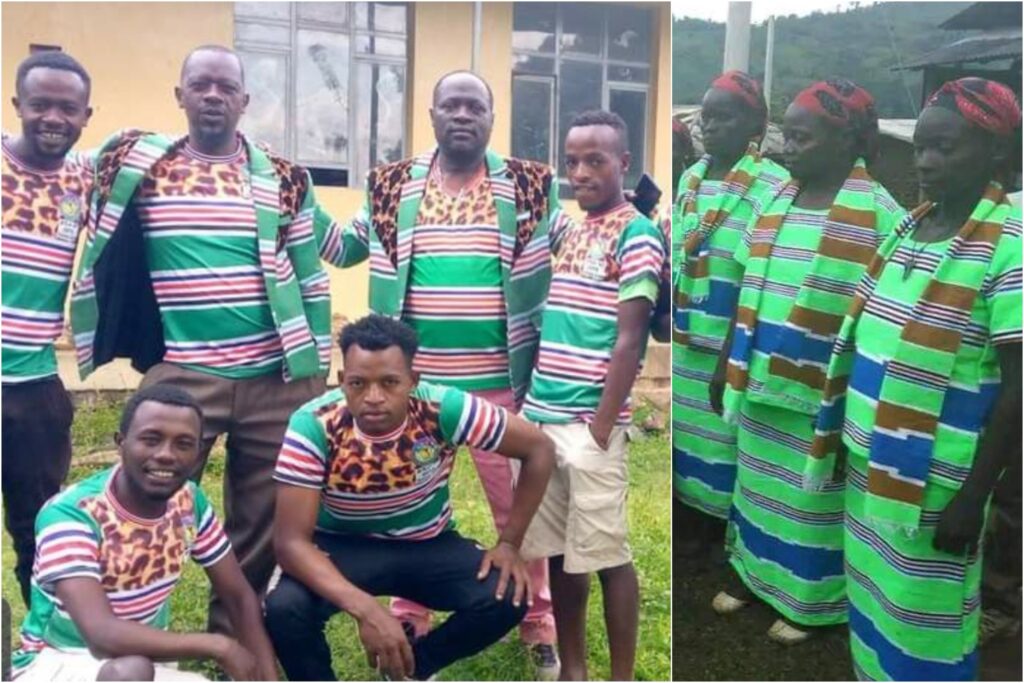
For several years now, the Ari language (Aaraf) has been taught in schools, and an Aari language dictionary has been published and reprinted. The Ari people have revitalized their new year festival, called Dishta Gina, which is celebrated at different levels: household, community centers, woreda capitals, and zonal capital (Jinka). Every year, on the 1st of December, the major celebration of Dishta Gina in Jinka Stadium is attended by hundreds and thousands of Aari, visitors from the neighboring ethnic groups and invited guests from regional and federal governments, not to mention local and international tourists. Aari musicians have been flourishing and thriving over the past three decades. The Aari song dubbed Dishta Gina by Tariku Ganksi has become a source of pride to the Aari people as it attracted international attention, not to mention its remix with Akon – the Senegalese-American singer.
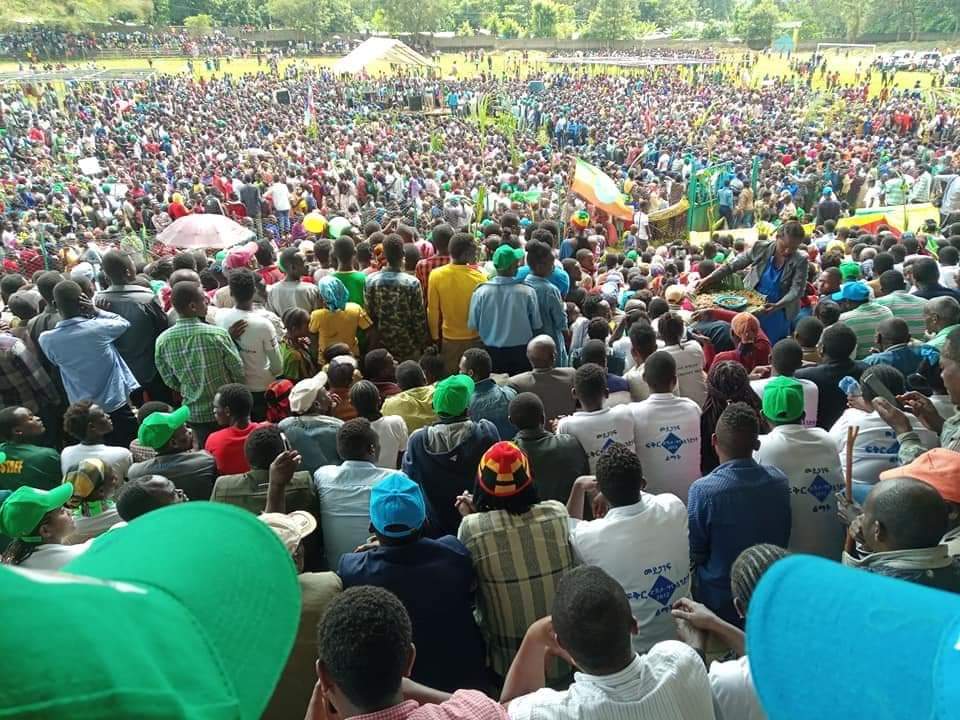
As the Aari population grew and the existing administrative system became ineffective in ensuring good governance and development, the Aari people capitalized on their common identity and demanded their constitutional rights for self-rule as an administrative zone. This demand in part reflects the Aari people’s desire to preserve and promote their unique cultural identity and to have greater control over their own affairs. At woreda level, the Aari people have been enjoying self-governance since the introduction ethnic federalism in Ethiopia.
Another self-assertiveness of Aari identity has been manifested through the establishment of the Aari Peoples Development Association, a non-profit organization, dedicated to promote development in Aariland. The association has been supplying improved seeds, fertilizers, and veterinary medicine to farmers. The Aari people, living in both urban and rural areas, have embraced ethnic federalism, Dishta Gina, the Aari songs, the local development association, and Aaraf as a medium of instruction.
Self-interested political elites that Dr. Sommerschuh brands as the sole beneficiaries of ethnic federalism did not orchestrate all these developments. It is not clear how the author, who claims to have studied the Aari for years, speaking the local language, missed the ubiquitous occurrences of these new developments.
The Broader Implication on socio-economic relations
The publication of “Becoming Amhara” in the political context of South Omo and Ethiopia has the potential to cause real-life consequences. The author’s portrayal of the Aari people as submissive, humiliated and ashamed of their identity while presenting the Amhara as hegemonic oppressors is a misrepresentation of the reality on the ground. The hegemonic rule of the feudal system in Ethiopia had ended with the overthrow of the Imperial government in 1974. Today, the broader Gamma people residing in Aari represent a minority group, who have no political or cultural influence.
The author is well-placed to understand the virtue of conducting research that considers the complex and sensitive political and socio-cultural contexts of a region and to present his findings in a manner that is objective, nuanced, and balanced
It is equally important to recognize that the political atmosphere in Ethiopia is characterized by intergroup mistrust and disrespect, and the situation in Aari cannot be an exception. In 2022, for example, there was an ethnic-based violence between some Aari youth and some urban residents, predominantly the Gamma. Dr. Sommerschuh’s approach, which is based on imagined hierarchical and asymmetrical relationships, has the potential to feed into and exacerbate such intergroup tensions.
Many readers, who reacted on social media platforms, perceive Dr. Sommerschuh’s article as disrespectful and demeaning to the Aari people. The author is well-placed to understand the virtue of conducting research that considers the complex and sensitive political and socio-cultural contexts of a region and to present his findings in a manner that is objective, nuanced, and balanced. Dr. Sommerschuh, unfortunately, did not live up to the expectation of seasoned readers. Ethically speaking, his betrayal of the subjects, the people who hosted him during the research time, is beyond comprehension.
We have respect for the integrity of the peer-review for academic journals. Regarding the paper under consideration, our effort to get it retracted did not succeed with the publisher of the journal asking us to publish a response paper in the same journal.
It is not clear how a paper with such fundamental flaws slipped through the rigorous peer-review scrutiny of the journal in the first place. Subsequent to our request, the journal and the publisher missed yet another opportunity to do the right thing – retract the flawed paper. It is unfortunate to unsuspecting readers and the people of Aari that this totally biased and distorted paper will be in circulation for years and decades to come representing the dark side of scientific publishing.
Editor’s Note: Professor Gebre Yntiso Deko is a renowned Ethiopian anthropologist who has extensively studied the Ari culture. he can be reached at gebred@gmail.com
Whereas, Dr Asress Adimi Gikay(PhD) is an Ari scholar who is a senior Lecturer in AI, Disruptive Innovation & Law, Brunel University London. He can be contacted at Asress.Gikay@brunel.ac.uk


